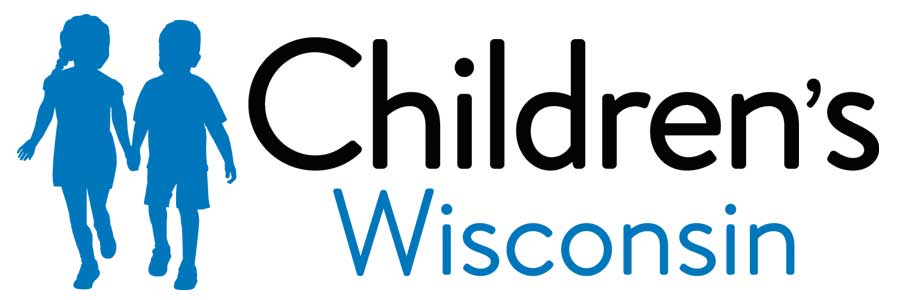Sedation for dental treatment (1954)
Key points below
Your child’s dental treatment is scheduled for (date) ___________________________________ at (time) _______________ in the Dental Clinic at Children’s Wisconsin.
Please arrive 15 minutes before the scheduled appointment time. The parent or guardian must come with your child to the office and must stay until the treatment is finished.
A medicine will be given to help your child relax during the treatment. It is important to follow these directions the day of and night before the treatment. The medicine being given is _________________________________.
Eating and drinking
Do not let your child eat any foods or have dairy products (milk) after midnight before treatment. Your child may have up to 4 ounces of clear fluids until 4 hours before treatment. Your child should have nothing for the 4 hours before their treatment
Clear fluids include: water, apple juice, Jell-O® and Popsicles®.
If you follow this schedule, there will be less risk from sedation. It will also help the sedation work better.
Change in health
Be sure to tell the dentist if your child has any changes with their health within 7 days before the treatment.
Medicines
Talk to your child's doctor about giving daily maintenance medicines and over the counter medicines the day of treatment.
After treatment
Your child's dentist will meet with you to discuss the treatment. You will also be told what to expect at home. Be sure to ask any questions you have about the treatment.
-
Going home after treatment
- You will get written directions. Be sure to follow them. Call the dentist if you have questions.
- Your child must be driven home. Your child must ride in a car seat or be buckled into a seat belt for the drive home. Do not use a bus to take your child home.
- Watch your child closely at home for signs of problems. Watch for bleeding that will not stop, breathing problems or pain that cannot be controlled.
-
Activities
- Your child may be tired or seem sleepy after treatment. Have your child rest.
- When sleeping, be sure your child sleeps on their side with their head to one side to protect airway and prevent snoring.
- Check often to make sure your child is sleeping and breathing normally.
-
Diet
- Start with clear fluids. This includes apple juice, broth, Jell-O® and Popsicles®. Give small amounts often to avoid an upset stomach.
- When your child feels well after taking clear fluids, offer soft foods such as soup or pasta.
- Do not give any milk or milk products for one day after treatment.
- Slowly return to a normal diet over 1 to 2 days.
-
Fever
- Your child may have a temperature of up to 101° F (38° C) for the first day after treatment.
- Acetaminophen (Tylenol®) may be used if needed.
- Try to get your child to drink fluids to help relieve the fever.
Children’s Dental Center (414) 266- 2040
If the clinic is not open and you need to talk to a dentist, call (414) 266-2000. Ask for the dentist on call.
